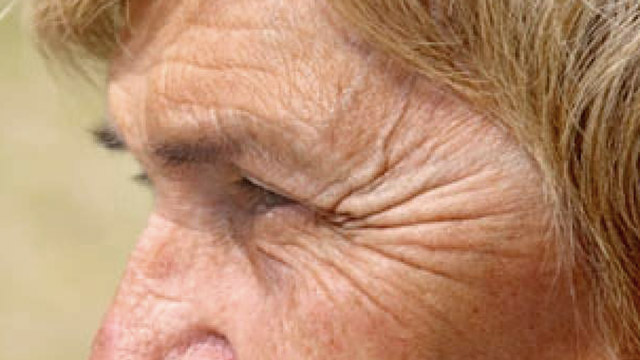For people who can’t wait the three or four days for the wrinkle smoothing effects of botulinum toxin (Botox) injections to kick in, a new Northwestern Medicine study shows facial exercise after the injections speeds the change in appearance by about one day.
Botox can reduce forehead frown lines and crows’ feet wrinkles, giving people a more relaxed and youthful appearance that lasts for several months. But the effects take time to kick in.
“Patients often leave getting their Botox to the last minute,” said lead study author Dr. Murad Alam, professor of dermatology at Northwestern University Feinberg School of Medicine and a Northwestern Medicine physician. “If people get their botulinum toxin right before a social engagement or important work event, they may worry it won’t start working in time. Speeding up the effects could be important to people.”
In addition, it’s helpful to be able to tell patients facial exercise is truly evidence based, Alam said.
Conventional wisdom in the medical community used to be exercising the treated muscles would make Botox work sooner. Then, some doctors suggested it didn't seem to make much of a difference, and it fell out of favor, Alam said.
“But we wondered who was right,” Alam said. “Since there had not been any well-designed randomized studies comparing exercise and no exercise side-by-side, we decided to do one.”
In the study, 22 adult women with forehead wrinkles were treated with botulinum toxin. Half were then asked to exercise their facial muscles over four hours after the injections; the other half were not. The exercises included raised motions of the forehead and scowls (i.e., knitting the brows) in threesets of 40 repetitions separated by 10 minutes. Six months later, after the treatments’ effects had worn off, participants were retreated. This time, the experiment was reversed, with those who had exercised last time now avoiding facial exercise, and the others performing exercises.
Both dermatologists and participants rated forehead wrinkles to be better in two to three days after treatment when injections were followed by facial exercise, compared to three to four days without exercise. By two weeks, there was no difference in effect between exercise and non-exercise participants. There also was no difference in how long the treatments kept working before wearing off. Sixty-eight percent of participants believed exercising made muscle relaxation and wrinkle reduction occur faster. Fifty-nine percent found the facial exercises very easy to do.
The results show post-treatment facial exercise after botulinum toxin injections can make wrinkle reduction occur one day sooner.
“Botox binds to receptors on nerve cells to relax muscles, and it is possible that exercise speeds this binding process,” Alam said. “For patients who need quick results, the exercise may be worth the effort. Patients appreciate having more control over their care.”
Other Northwestern authors on the study are: Emily Samuelson Poon, Amelia Geisler, Dr. Melanie Warycha, Dr. Kapila Paghdal, Dr. Wanjarus Roonpisuthipong, Daniel I. Schlessinger, Dr. Brian R. Chen and Dennis West.


